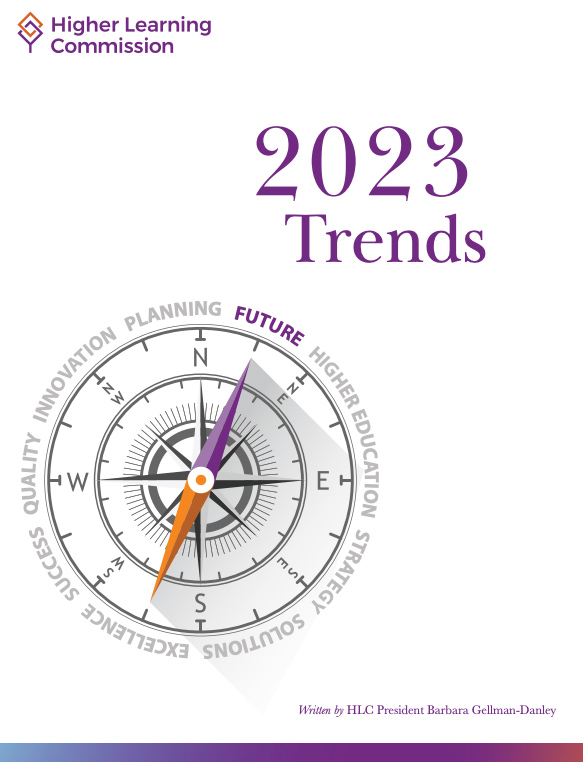A New Era for Education — from linkedin.com by Amit Sevak, CEO of ETS and Timothy Knowles, President of the Carnegie Foundation for the Advancement of Teaching
Excerpt (emphasis DSC):
It’s not every day you get to announce a revolution in your sector. But today, we’re doing exactly that. Together, we are setting out to overturn 117 years of educational tradition.
…
The fundamental assumption [of the Carnegie Unit] is that time spent in a classroom equals learning. This formula has the virtue of simplicity. Unfortunately, a century of research tells us that it’s woefully inadequate.
From DSC:
It’s more than interesting to think that the Carnegie Unit has outlived its usefulness and is breaking apart. In fact, the thought is very profound.

If that turns out to be the case, the ramifications will be enormous and we will have the opportunity to radically reinvent/rethink/redesign what our lifelong learning ecosystems will look like and provide.
So I appreciate what Amit and Timothy are saying here and I appreciate their relaying what the new paradigm might look like. It goes with the idea of using design thinking to rethink how we build/reinvent our learning ecosystems. They assert:
It’s time to change the paradigm. That’s why ETS and the Carnegie Foundation have come together to design a new future of assessment.
-
- Whereas the Carnegie Unit measures seat time, the new paradigm will measure skills—with a focus on the ones we know are most important for success in career and in life.
- Whereas the Carnegie Unit never leaves the classroom, the new paradigm will capture learning wherever it takes place—whether that is in after-school activities, during a work-experience placement, in an internship, on an apprenticeship, and so on.
- Whereas the Carnegie Unit offers only one data point—pass or fail—the new paradigm will generate insights throughout the learning process, the better to guide students, families, educators, and policymakers.
I could see this type of information being funneled into peoples’ cloud-based learner profiles — which we as individuals will own and determine who else can access them. I diagrammed this back in January of 2017 using blockchain as the underlying technology. That may or may not turn out to be the case. But the concept will still hold I think — regardless of the underlying technology(ies).

For example, we are seeing a lot more articles regarding things like Comprehensive Learner Records (CLR) or Learning and Employment Records (LER; example here), and similar items.
Speaking of reinventing our learning ecosystems, also see:














